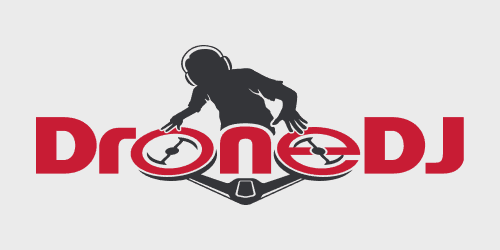
Might processed wood become a power source replacement for lithium-ion batteries in electric vehicles like drones and cars? Despite the skepticism of many scientists, one Japanese paper company thinks trees have the potential to do just that.
Nippon Paper Industries Co. continues to brave the chorus of nay-saying scientists who insist processing wood to enhance energy-providing supercapacitors will never be able to power heavy-consuming craft like drones or EVs as batteries now do. To prove them wrong, the company is working to find new applications for cellulose nanofibers, which are produced by refining wood pulp down to the size of hundredths of a micron or less. That material is already used by many industries – from additives in food to reinforcing composites, and in medical procedures – but Nippon Paper Industries believes there’s a way to enhance supercapacitors as an energy source with it to replace lithium-ion batteries.
Were the company to succeed in proving that, the outcome would have enormous consequences indeed.
Unlike batteries, which use chemical components to store infused energy, supercapacitors hold electrons in an internal electric field in more limited supplies. But while batteries have been developed to discharge larger reserves of power over extended periods, supercapacitors have thus far mostly been used for supplying short, intense bursts. A recent example was Nippon Paper Industries managing to illuminate a three-volt bulb for several seconds using what was basically processed wood pulp as the source.
The (very big) trick, then, is broadening supercapacitors for currently limited uses like memory backup systems in laptops to bigger output and longer duration applications like powering drones or electronic cars. But if that effort succeeds, supporters say, it would also slash recharging times required vis-a-vis lithium-ion technology, and eliminate the expensive and often highly polluting rare earth metals those batteries use.
Skeptics are legion, however. They claim that while supercapacitors have indisputable potential in their own, limited right, they simply aren’t in the same time zone – possibly even the same energetic hemisphere – as established battery tech.
“Supercapacitors are not and never will be a competitor to lithium-ion batteries,” Sam Jaffe, the managing director at the Colorado-based consultancy Cairn Energy Research Advisors, told the Japan Times. “There are lots of opportunities for supercapacitors to continue to grow as a technology, but they are in a completely different technology segment versus batteries.”
Fans of supercapacitor research say recent advances include enhancement of energy densities with the use of cellulose nanofibers. Continued progress of that kind, they argue, may eventually allow for the storage of larger amounts of electricity to power small devices like smartphones.
And given the growing public and industrial objectives of reducing polluting components in products, backers of supercapacitor and cellulose nanofiber tech believe the tree-based material will one day be cheered for fueling vehicles on the ground, and in the sea and skies.
Today a three-volt bulb, tomorrow a Joby air taxi.
Photo: Jason Blackeye
FTC: We use income earning auto affiliate links. More.




Comments